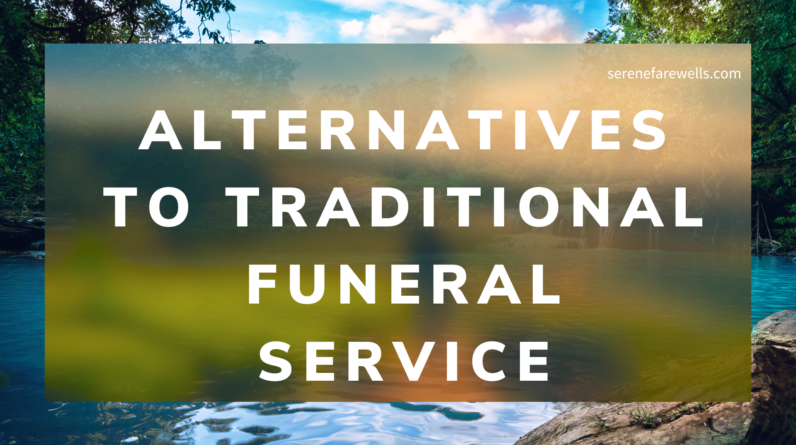
So you’ve found yourself with the task of making arrangements for a loved one’s final goodbye, and you’ve come across the terms “direct cremation” and “traditional cremation.” But what exactly do these terms mean, and how do they differ? In this article, we’ll explore the key distinctions between a direct cremation and a traditional cremation, providing you with the knowledge and clarity you need to make an informed decision during this difficult time.
Direct Cremation
Definition
Direct cremation is a simple and straightforward process of handling the remains of a loved one after they have passed away. It is an alternative option to a traditional cremation or burial. With direct cremation, the body is cremated shortly after death without a formal funeral service or viewing.
Process
The process of direct cremation typically involves several steps. Once a person has passed away, their body is transported to a crematory facility. At the facility, the body is placed in a cremation container and then placed in a cremation chamber. The chamber is heated to a high temperature, usually around 1,400 to 1,800 degrees Fahrenheit, which reduces the body to its final form, ashes.
Cost
One of the key advantages of direct cremation is its affordability. Compared to traditional burial or cremation with a funeral service, direct cremation tends to be a more cost-effective option. The cost of direct cremation generally includes basic services, transportation of the body, the cremation process itself, and the temporary container for the ashes. It is important to note that additional costs may be incurred if optional services such as death certificates or urns are chosen.
Timing
Direct cremation can be completed relatively quickly compared to traditional cremation or burial. Since there is no need for embalming or extensive funeral planning, the process can often be done within a few days after death. This can provide a sense of closure and allow for the timely handling of the deceased’s affairs.
Final Disposition
After the body has been cremated, the remains are typically placed in a temporary container, such as an urn or a simple box. The family can then decide on the final disposition of the ashes. Some common options include scattering the ashes in a meaningful location, burying them in a cemetery or memorial garden, or keeping them in an urn at home.
Ceremonies and Services
Unlike traditional cremation, direct cremation does not involve a formal funeral service or viewing. However, this does not mean that there can’t be any commemorative ceremonies or services. Families may choose to hold a memorial service at a later date, where friends and loved ones can gather to honor and remember the deceased. This flexibility allows for personalized and meaningful tributes to be organized according to the family’s preferences.
Flexibility
Direct cremation offers a high degree of flexibility and allows families to tailor the memorialization process to their individual needs and desires. Without the constraints of a traditional funeral service, families have more freedom to make choices that align with their cultural or religious customs, budgetary considerations, and personal preferences. This flexibility can greatly alleviate the stress and burden of planning a traditional funeral, making direct cremation an attractive option for many.
Embalming
Embalming, which is the process of preserving the body by using chemicals, is not typically required for direct cremation. Since there is no viewing involved, embalming is unnecessary. This can save families both cost and potentially uncomfortable decisions related to embalming. However, embalming may still be requested in certain circumstances, such as when the body needs to be transported across state lines.
Viewing
As previously mentioned, direct cremation does not include a formal viewing of the deceased. However, this does not mean that families cannot have a private viewing prior to cremation. Some funeral homes or crematories may offer this option for families who wish to say their final goodbyes in a more intimate setting. It is advisable to inquire with the specific service provider to determine if such arrangements can be made.
Transportation
Transportation of the deceased is an essential component of both direct cremation and traditional cremation processes. This involves the safe and dignified transfer of the body from the place of death to the crematory facility. Professional transportation services are responsible for handling this aspect, ensuring that the deceased is treated with the utmost care and respect.
Traditional Cremation
Definition
Traditional cremation is a process similar to direct cremation but typically includes additional components such as a formal funeral service and a viewing of the deceased. It offers a more traditional approach to memorialization.
Process
The process of traditional cremation is generally similar to that of direct cremation. After the death of an individual, their body is transported to a crematory facility, placed in a cremation container, and then placed in a cremation chamber. The key difference lies in the additional steps and services that are typically included, such as embalming and the option for a formal funeral service.
Cost
Traditional cremation usually involves greater costs compared to direct cremation due to the additional services offered. Costs may include embalming, funeral planning, venue rental for the funeral service, transportation of the body, and cremation itself. It is essential to carefully consider these factors when making decisions regarding memorialization and budget constraints.
Timing
Because traditional cremation often involves embalming and funeral planning, it can take longer to complete compared to direct cremation. The time needed for preparations, such as embalming and the coordination of funeral services, may vary depending on the specific circumstances and the family’s preferences. It is important for families to discuss their desired timeline with the funeral home or service provider.
Final Disposition
Following the cremation process, the final disposition of the ashes is another aspect that remains the same in traditional cremation. Families can choose to scatter the ashes, bury them, or keep them in an urn. The decision should be based on the individual’s wishes or any religious or cultural considerations.
Ceremonies and Services
Traditional cremation often includes formal funeral services, memorial ceremonies, or visitations where friends and family can pay their respects to the deceased and offer condolences to the grieving family. These services can take place in a funeral home, place of worship, or any other location chosen by the family. They provide an opportunity for loved ones to come together, share memories, and find solace in the company of others.
Flexibility
While traditional cremation does offer some flexibility, it is typically more structured than direct cremation. The inclusion of formal funeral services and viewings may present certain limitations, particularly when it comes to cultural or religious customs. However, funeral directors are experienced in accommodating various needs and can work with families to create a personalized memorialization plan.
Embalming
Embalming is a common practice in traditional cremation. It involves the use of chemicals to preserve the body, allowing for a viewing or visitation. Embalming can enhance the appearance of the deceased, providing an opportunity for loved ones to say their final goodbyes and find closure. It is important to note that embalming is not compulsory and can be avoided if the family prefers not to have a viewing.
Viewing
Viewing of the deceased is a significant element in traditional cremation. It allows family and friends to gather and pay their final respects, offering comfort, closure, and support. This option is not available in direct cremation but can be an important part of the grieving process for many.
Transportation
As with direct cremation, the transportation of the deceased is a necessary component in traditional cremation. The body is safely and respectfully transported from the place of death to the crematory facility. Professional transportation services ensure that this process is carried out efficiently and with the utmost care.
In summary, the main differences between direct cremation and traditional cremation lie in the inclusion of formal funeral services, viewings, and embalming. Direct cremation offers a simple, cost-effective, and flexible approach, while traditional cremation provides a more traditional and structured memorialization process. Consider your personal preferences, cultural or religious practices, and budget constraints when deciding which option best suits your needs and those of your loved ones.







